1/4' Bead
CEFreeman
12 years ago
Related Stories
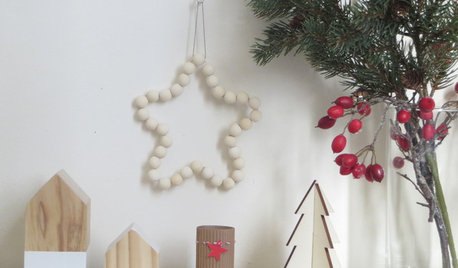
HOLIDAYSSee How to Make a Scandi-Style Beaded Star
Borrow some Scandinavian holiday style with a simple star ornament made of white wooden beads and wire
Full Story
HOUZZ TOURSMy Houzz: A Cabin of Curiosities in Los Angeles
A sheep's head here, a beaded fringe there and layers of exotic prints and art everywhere work wonderfully in a personal "Shangri-La"
Full Story
KITCHEN DESIGNNew This Week: 4 Ways to Punch Up a White Kitchen
Avoid the hospital look by introducing a bit of color, personality and contrast
Full Story
BATHROOM DESIGN4 Secrets to a Luxurious Bathroom Look
Give your bathroom a finished feel with a few splurges and budget-stretching moves
Full Story
CHRISTMAS4 Rustic, Romantic Christmas Ornaments to Craft in Minutes
Make these deceptively easy paper ornaments with the kids or savor some solo crafting time
Full Story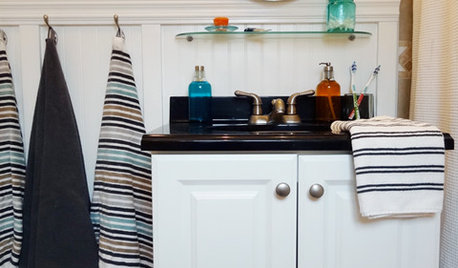
WALL TREATMENTSBeadboard Panels Offer a Shortcut to a Classic Style
Traditional touch: Change up plain bathroom walls with beaded hardwood planks and trim you can install yourself
Full Story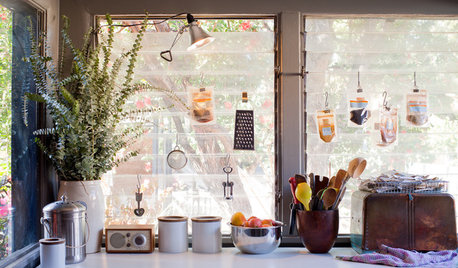
SMALL HOMESHouzz Tour: Color and Personality in 500 Square Feet
This Los Angeles home for 4 has a small footprint, but the family is big on creative solutions and styling
Full Story
PATTERNPattern Play: Masculine Ruggedness, Modernized
4 designer tips make mixing fabric patterns fun
Full Story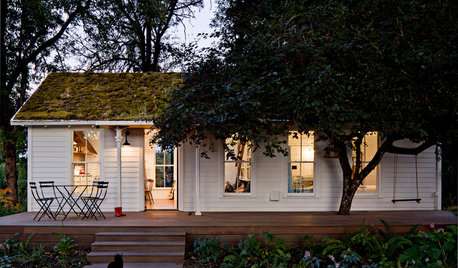
SMALL HOMESHouzz Tour: A Family of 4 Unwinds in 540 Square Feet
An extraordinarily scaled-down home and garden for a couple and their 2 kids fosters sustainability and togetherness
Full Story
DECORATING GUIDESMission Possible: A Designer Decorates a Blank Apartment in 4 Days
Four days and $10,000 take an apartment from bare to all-there. Get the designer's daily play-by-play
Full Story





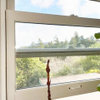


brickeyee
CEFreemanOriginal Author
Related Professionals
Homer Glen Cabinets & Cabinetry · Whitehall Cabinets & Cabinetry · Caldwell Carpenters · Franconia Carpenters · Frankfort Carpenters · Merced Carpenters · Pearland Carpenters · River Forest Carpenters · Chula Vista Flooring Contractors · Lakeville Flooring Contractors · Montgomery County Flooring Contractors · Powder Springs Flooring Contractors · South Lake Tahoe Flooring Contractors · Golden Glades Furniture & Accessories · Ives Estates Furniture & Accessoriesbrickeyee
sombreuil_mongrel
CEFreemanOriginal Author
brickeyee
CEFreemanOriginal Author
brickeyee
bobismyuncle
CEFreemanOriginal Author